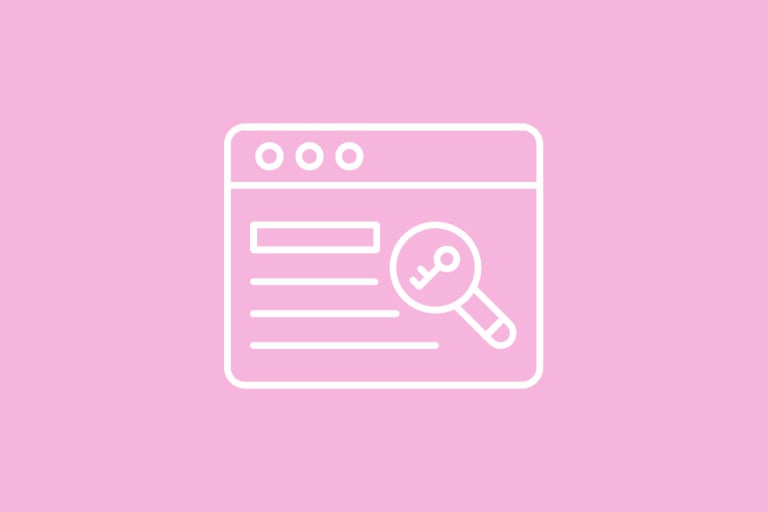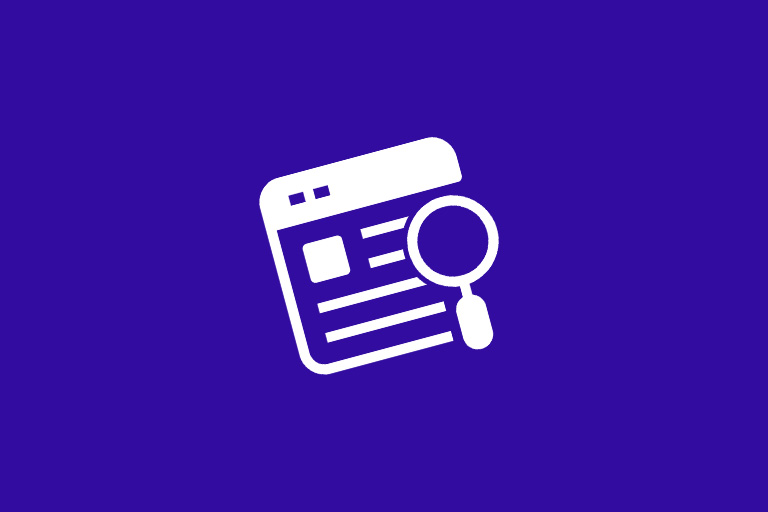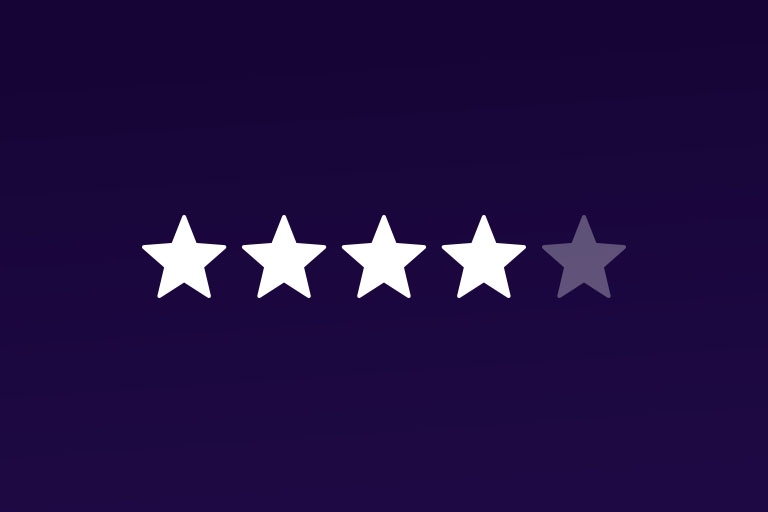Content with User & Search Engines
Striking a balance between user-centric content and search engine-friendly elements is key. Understanding your audience's problems deeply aligns with comprehending search intent—the why behind a user's search. There are four main types of search intent: informational, navigational, commercial, and transactional. By crafting content that aligns with these intents, you can create material that satisfies both user needs and search engine criteria.Recognizing and aligning content with the user's search intent is vital for several reasons:
- Relevance to User Needs: When content aligns with search intent, it directly addresses the user's needs or questions. This relevance is key to providing value and ensuring that users find the answers they are looking for, which can lead to higher engagement and satisfaction.
- Improved Search Engine Rankings: Search engines strive to present the most relevant results for a user's query. By matching content with search intent, there is a greater chance that search engines will deem the content as a suitable answer and rank it higher in the search results.
- Increased Click-Through Rates (CTR): When the content snippet in search results aligns with the user's intent, users are more likely to click on it. A higher CTR can further signal to search engines that the content is relevant, which can positively influence rankings.
- Lower Bounce Rates: If visitors find the content meets their search intent, they are less likely to return immediately to the search results looking for another source. Lower bounce rates can indicate to search engines that the content is effective in satisfying user queries.
- Higher Conversion Rates: For commercial and transactional intents, aligning content with user intent can lead to higher conversion rates. Users who find what they are looking to buy or learn more about are more likely to take the desired action, such as making a purchase or signing up for a newsletter.
The relationship between content and search intent can be understood through the four main types of search intent:
- Informational Intent: Users are seeking information on a topic. Content that provides clear, accurate, and comprehensive information about the query will satisfy this intent.
- Navigational Intent: Users are trying to reach a particular website or page. Content that helps users easily find and navigate to the desired page meets this intent.
- Commercial Intent: Users are considering a purchase and looking for options or reviews. Content that compares products, lists features, or provides buying guides caters to this intent.
- Transactional Intent: Users are ready to complete an action, typically a purchase. Content that facilitates this action, such as product pages with clear calls-to-action and secure checkout processes, aligns with this intent.
Understanding and catering to search intent is essential because it ensures that content is created with the user's goals in mind, leading to a better user experience and improved SEO performance. By doing so, content creators and marketers can effectively bridge the gap between serving their audience's needs and optimizing for search engines.
Continue to Produce Quality Content
While Google has stated that publishing frequency isn't a direct ranking factor, consistently producing new, quality content is still beneficial.Continuing to produce quality content involves a strategic approach that focuses on consistency, relevance, and value. Here are some methods to ensure ongoing production of high-quality content:
- Understand Your Audience: Conduct audience research to understand their interests, problems, and questions. Use surveys, social media interactions, and customer feedback to gain insights into what your audience values.
- Keyword Research: Use keyword research tools to find topics that your audience is searching for. Look for high-volume keywords with low competition that are relevant to your niche.
- Content Planning: Develop a content calendar to organize topics, keywords, and publishing dates. This helps maintain a consistent publishing schedule and ensures a variety of content types and themes.
- Content Gap Analysis: Identify topics that your competitors are covering but you are not. Tools like Keyword Gap can help you find these opportunities to create content that fills these gaps.
- Content Diversification: Produce a mix of content types, such as blog posts, videos, infographics, and podcasts, to engage different segments of your audience and cater to various content consumption preferences.
- Content Optimization: Optimize content for SEO by including relevant keywords, meta descriptions, and title tags. Ensure your content is structured with headers and subheaders to make it easy to read and scan.
- Quality over Quantity: Focus on the value and depth of your content rather than just the volume. It's better to publish less frequently but with higher-quality pieces than to push out low-quality content just to maintain frequency.
- Update Existing Content: Regularly review and update your older content to keep it current and relevant. This can include updating statistics, adding new information, or improving SEO.
- Engage with Your Audience: Encourage comments and discussions on your content to increase engagement. Respond to comments and questions to build a community around your content.
- Measure Performance: Use analytics to track the performance of your content. Look at metrics like page views, time on page, bounce rate, and conversions to understand what works and what doesn't.
- Iterative Improvement: Use the data from content performance to refine your content strategy. Learn from successful content and apply those lessons to future pieces.







